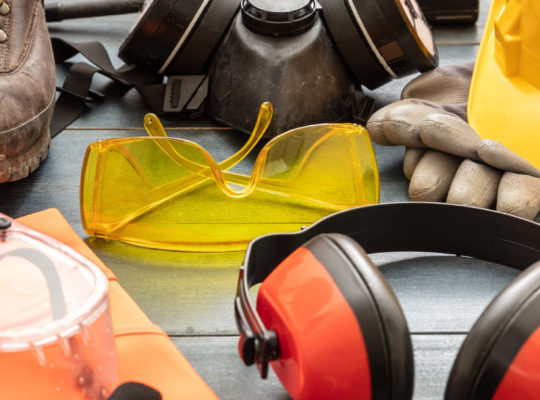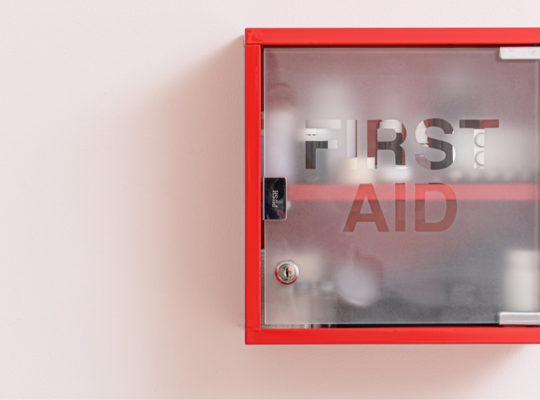Law enforcement and healthcare specialists work on a daily basis saving lives. Whether it be speaking kindly while drawing blood from a patient or giving a young adult a verbal warning for driving too fast, these jobs are some of the most important in our society. And although numerous advancements in both technology and knowledge have increased the number of lives these professionals are able to save, there’s a tried-and-true First Aid practice that can greatly minimize traumatic bleeding during emergencies — it’s known as the tourniquet.
Making the Right Move
Using a tactical tourniquet in situations when extreme bleeding is taking place is the smartest move a person can make. From gun shot wounds to personal injuries and even incidents related to drug overdoses, a tactical tourniquet can be the key factor in saving a life. Take for example William Anderson. Walking down the street in Overbrook, he was shot in the leg and abdomen by a criminal attempting to rob him. He was found by Officer Tighe Wingrove, who states Anderson was in very critical care when he first saw him. He could even see blood squirting from his leg. Fortunately, Officer Wingrove had just been issued a tactical tourniquet two days before from his department.
Without the tourniquet, Anderson would have likely bled out on the street.
If tourniquets are so apt to save lives, why don’t all medical specialists and law enforcement officers have them? Well, for starters, tactical tourniquets can put a dent in a department’s overall gear and equipment budget. This is why it’s imperative that grants be proposed to secure as much funding as possible to ensure each officer and all medical personnel have a tourniquet on them at all times.
Applying a tourniquet is a basic First Aid practice to perform. In situations that are deemed possibly unsafe, medical and law enforcement personnel are often limited in the First Aid they can administer; however, applying a tourniquet is usually a practice that is fine to follow.
Everyone needs a tourniquet in their First Aid kit.
Whether you’re a 30-year-old Veteran Nurse, a newly trained Firefighter, or even a a stay at home mother, having a tourniquet in your First Aid kit should be viewed as a necessity, not an option. People of all ages can benefit from them if they are suffering from severe bleeding, and this includes small children.
Content from Writer Access




